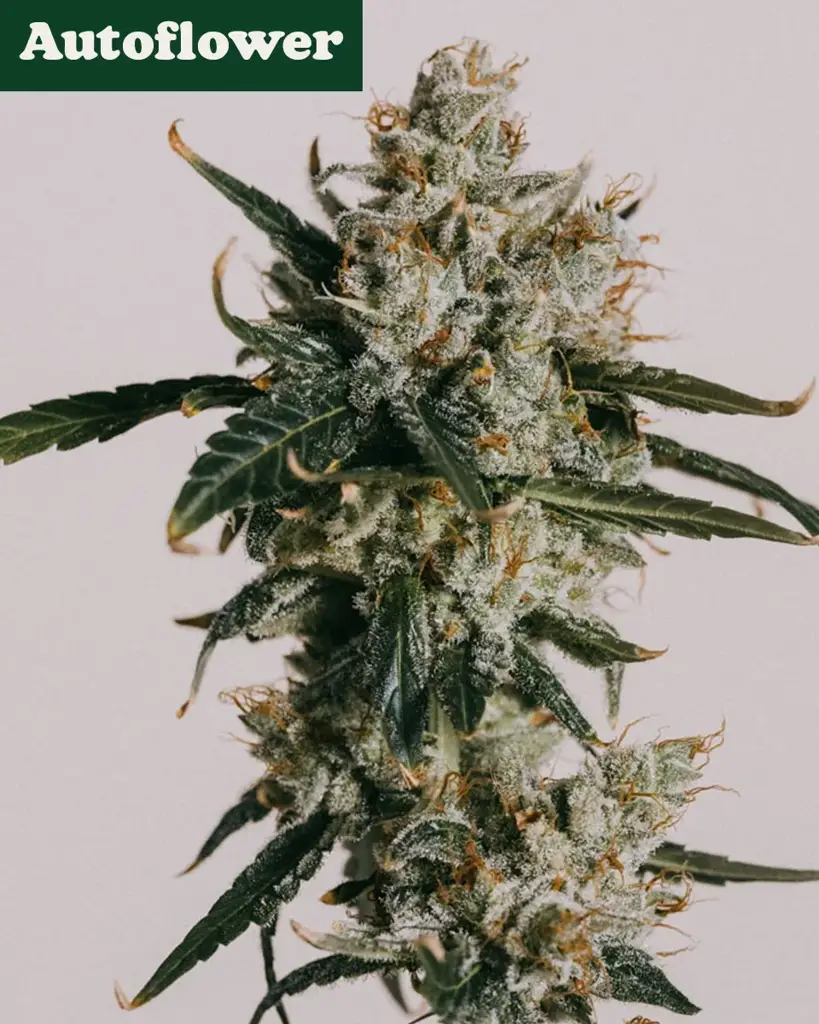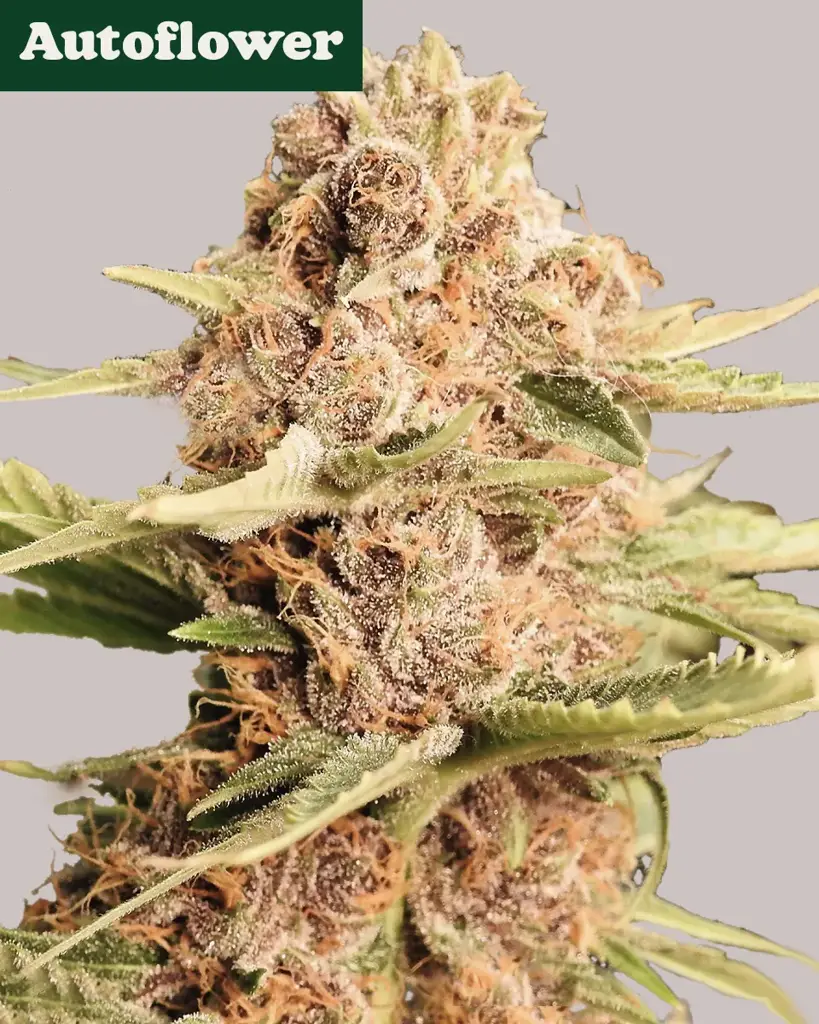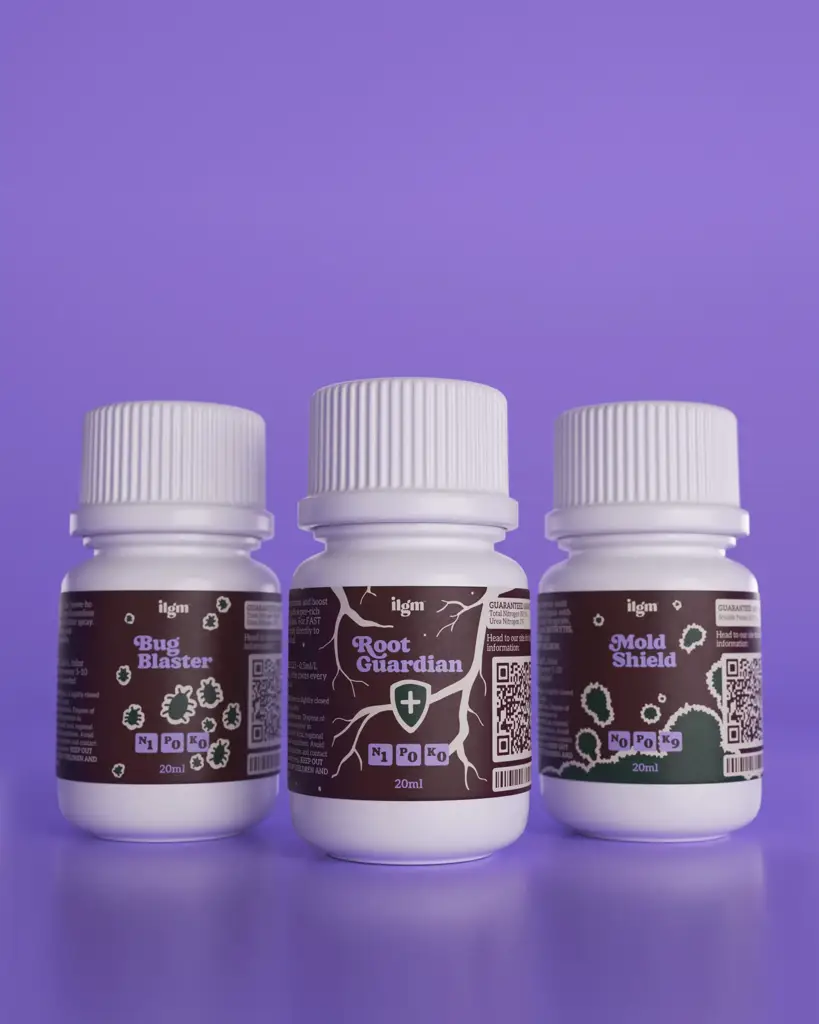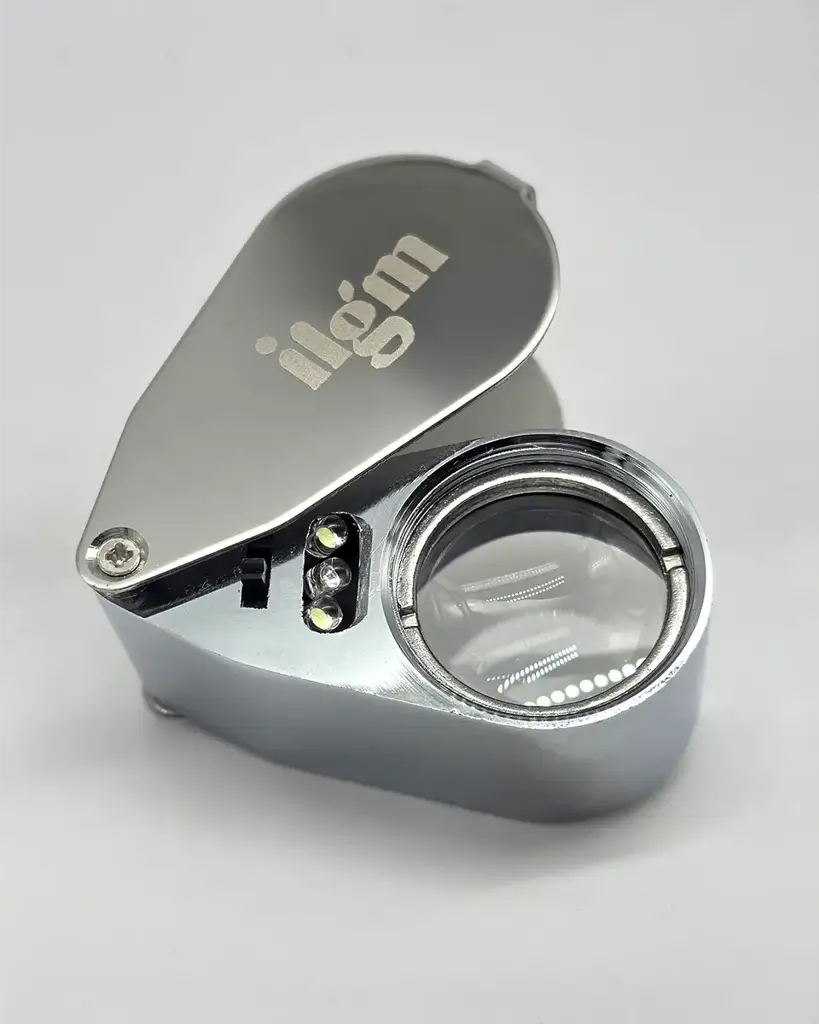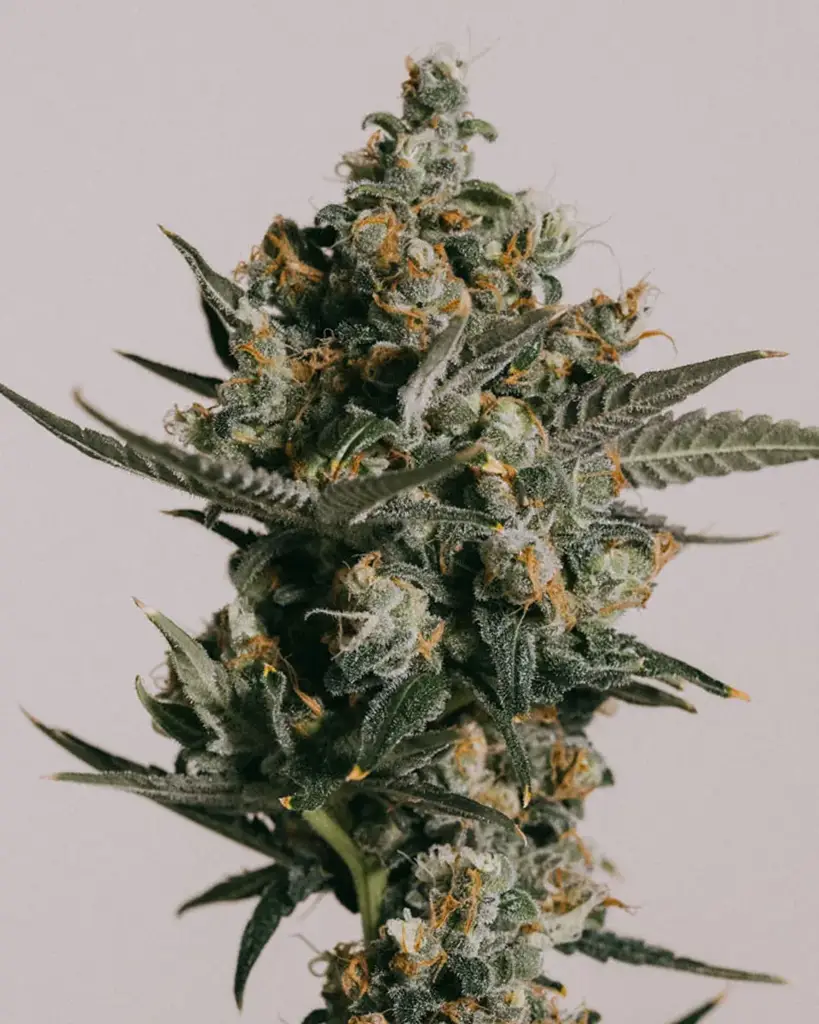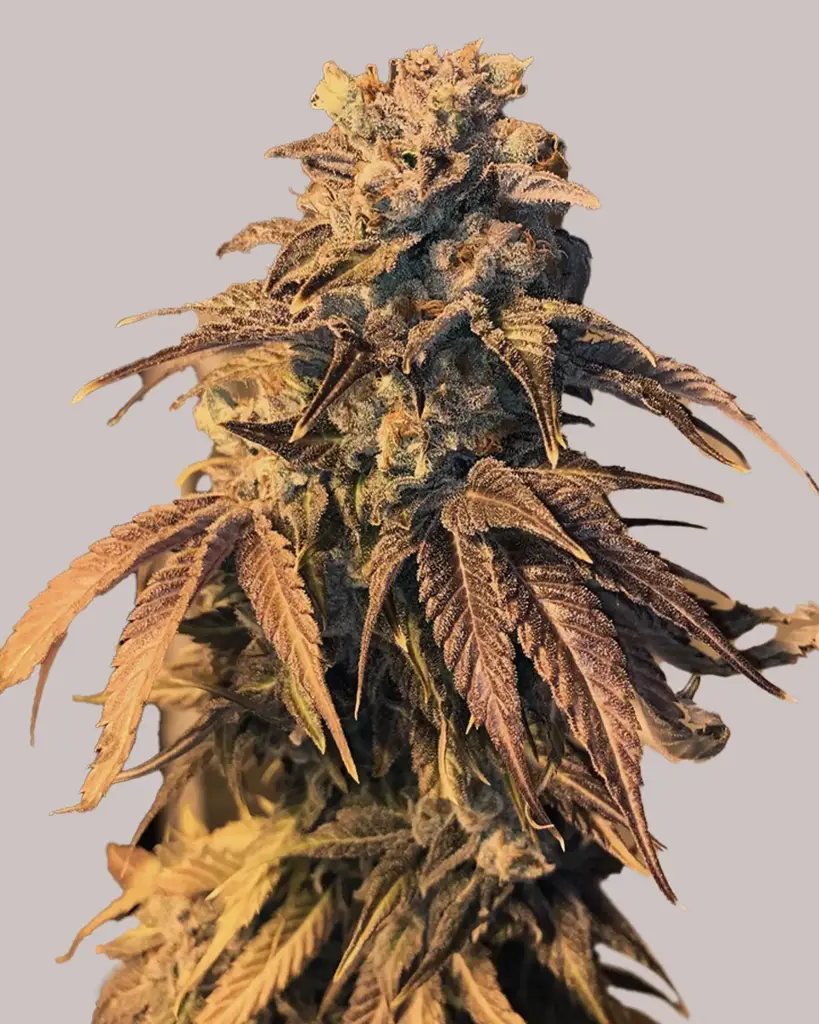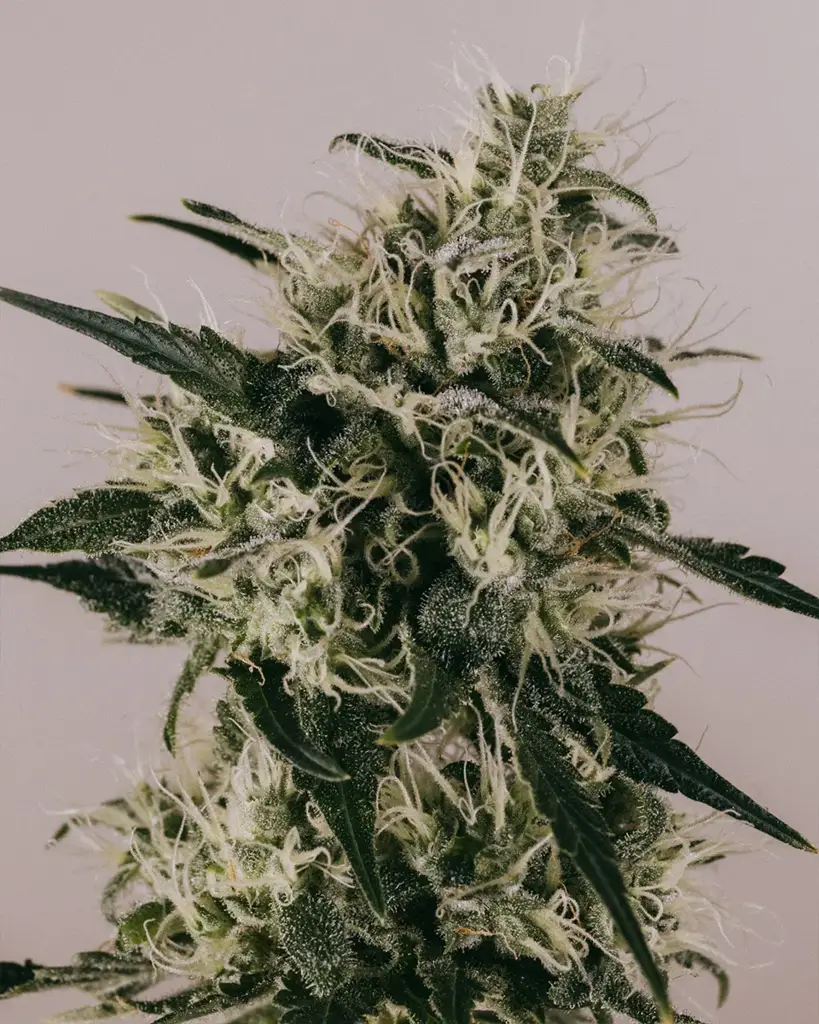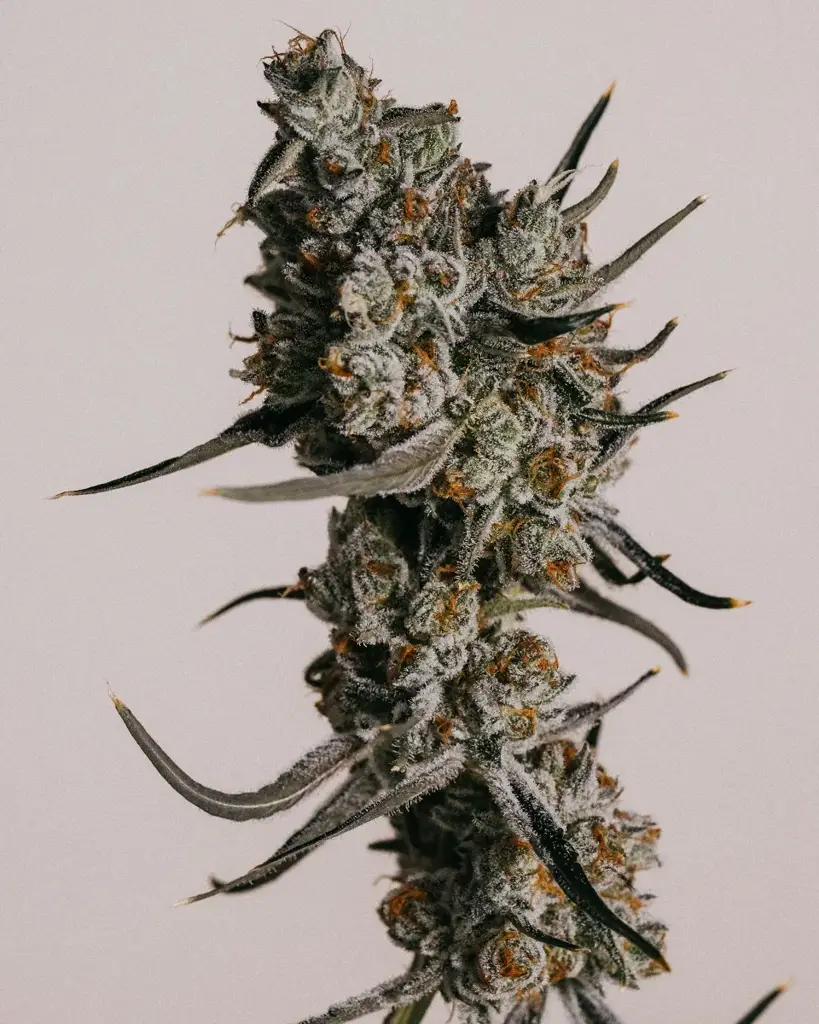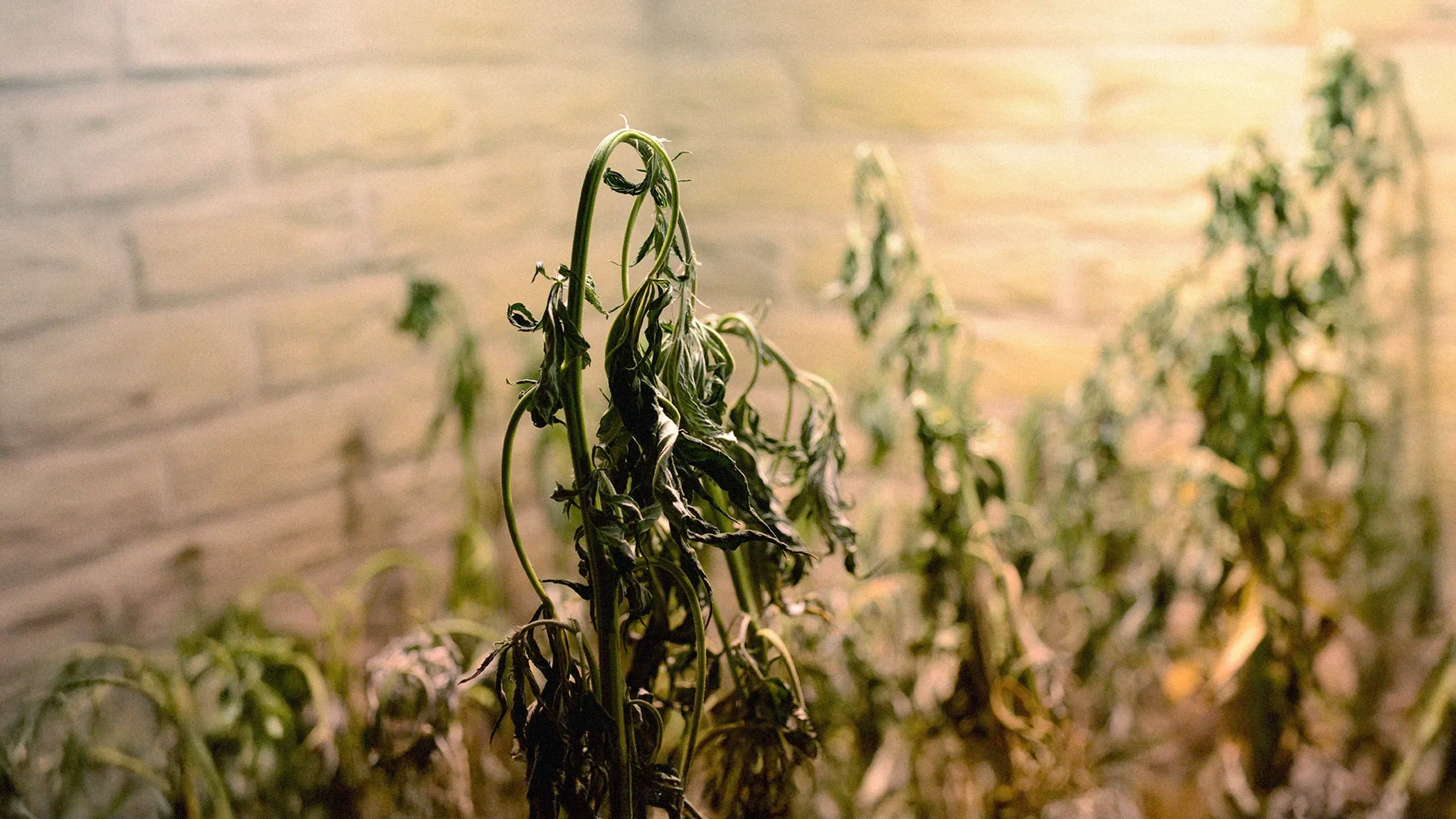
What is Hot Soil in Cannabis and How to Fix It
Hot soil has nothing to do with temperature and is a term used in the cannabis community when the nutrient levels of your soil are way too high. As a beginner grower, it is crucial to understand how to identify it and avoid burning your young plants early in the grow. As your grow progresses, it can also affect your plant throughout its lifecycle.
Table of contents
Hot Soil in Cannabis Cultivation
Hot soil refers to soil with high levels of nutrients. In the cannabis community, it is usually used to refer to the common mistake of buying pre-amended soil. These soil mixes are usually not suitable for cannabis germination or seedlings, leading to their death from nutrient toxicity.
But it's not only when buying soil; you can also make your soil “too hot” as a result of many things: too much fertilizer, the wrong nutrient mix, or even the water you use. Always know what you’re putting into your soil. Soil holds onto nutrients better than most other growing mediums.
Both synthetic and organic fertilizers can cause hot soil. For example, overloading an organic mix with compost like bat guano can lead to nitrogen toxicity.
Apart from informing yourself on the soil composition you are sourcing, you can’t spot hot soil by looking at it: you’ll have to watch your plants for signs of something wrong.
Our Bestsellers
Signs of Hot Soil

Cannabis plants usually show signs of overfeeding fast. A common early symptom is tip burn, yellow or brown tips on the leaves, depending on how severe the toxicity is.
You might also see signs of nutrient deficiency caused by nutrient lockout. Too much of one nutrient can block others, leading to yellowing leaves, brown spots, and curled tips.
Why Do Beginners Often Run Into Hot Soil?
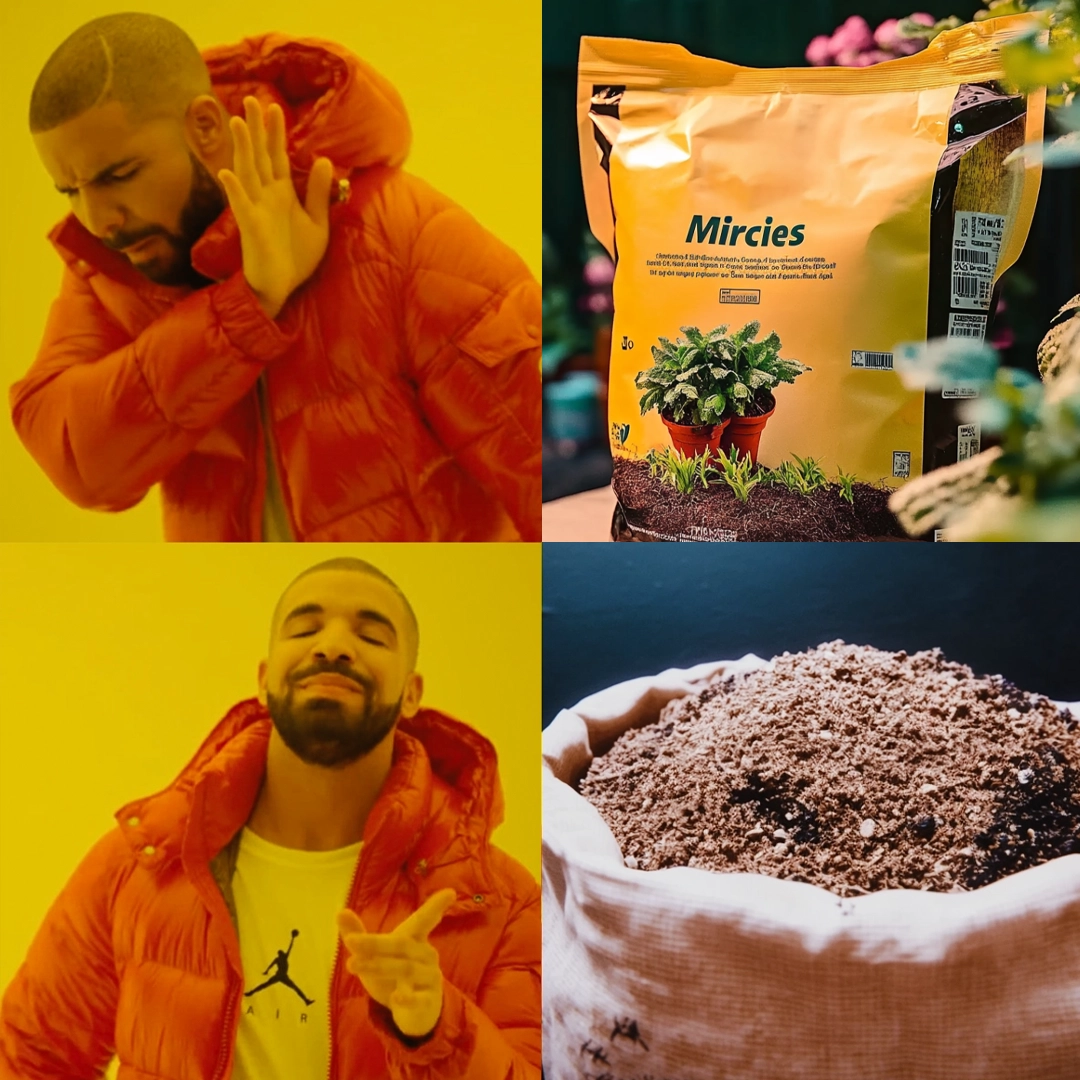 We recommend organic home made soil mixes instead of ones that claim 'miracles' in fancy packaging.
We recommend organic home made soil mixes instead of ones that claim 'miracles' in fancy packaging.
When you start, it's easy to ignore soil composition; after all, it all sort of looks the same. It's also easy to overfeed or mess up measuring nutrients, leading to hot soil. From experience, it is always better to use a starting mix, such as a fully organic compost blend or coco coir with a low E.C. level and a correct pH reading.
How to Fix Hot Soil

Hot soil is easy to fix if caught early. To spot it early, one must understand and be aware of the soil pH and EC. Cannabis plants prefer a slightly acidic soil pH range between 5.8 and 6.2.
Start by checking the pH and EC of your water making sure they are within the correct ranges. Then flush your plants and check the pH and EC of the runoff water that comes out of the pots.
Target EC levels for soil-grown cannabis:
Seedlings: 0.8–1.3
Veg phase: 1.3–1.8
Flowering: 1.2–2.0
Some growers also use a little yucca extract to help with flushing. It makes the water soak in better and helps rinse out salts more effectively. When using salt-based nutrients, even if your soil isn't necessarily having issues, it’s a good idea to flush weekly to help keep it in check.
Top Tips To Avoid Hot Soil

Make your potting mix: For the ultimate potting mix for your seedlings, try making your custom mix using 50% coco coir, 25% vermiculite, and 25% compost and a handful of worm castings. Don't forget to mix it all together afterwards!
Beware of commercially available soils! They may seem good value for the money; however, they can also cost you your cannabis seeds by killing your seedlings.
Always read the label: Carefully read the label when buying commercial soil bags. Look for the N-P-K ratio, and avoid chemical-based mixes and anything with a 20-20-20 ratio!
Use enzymes: I love using enzymes to speed up flushing. Enzymes will quickly eat up any organic matter and wash the roots clean at the same time. Check the run-off afterward until you see the pH is optimal.
Transplanting: If in doubt, get your seedlings out! A far safer option is transplanting your cannabis to a fresh potting mix that you know isn’t hot. From my experience, compost, worm castings, and coco coir are the perfect mixes to transplant your seedlings into and then lightly.
Soil pH meter: A soil pH meter allows you to see the pH levels of your soil. Simply insert it into your soil, check the pH level, and check the reading. You now have a pretty accurate picture of the soil’s pH.
Wood ash: Mix a small amount of wood ash into the soil. Test the pH using a soil pH meter or the runoff test method.
Limestone: If your soil is too acidic, limestone works a treat. Simply mix a small ratio into the soil and test the pH again until it balances out.
Compost: Compost contains amino, humic, and fulvic acids and is an excellent way to lower pH levels.
Peat Moss: Peat moss is another way to lower pH levels when the soil is too alkaline.
Final Thoughts
Burning plants with soil containing too many nutrients is the same as burning an expensive steak. It’s essential to know the pan isn't too hot. The same applies when you grow cannabis in soil, especially with younger, more sensitive plants.
Don’t be fooled by fancy packaging on commercial soil bags, and double-check the starting E.C. and N-P-K ratio printed on the bag before buying.
Follow the E.C. levels for the different stages of the plant’s lifecycle highlighted in this article, and you cannot go wrong. If you don't want to panic, I recommend growing organic! Good luck achieving the perfect balance and growing high-grade cannabis with the best taste, aroma, and effect!

Stoney Tark
Stoney Tark, a top cannabis writer & breeder, shares expert tips on growing, breeding & hash making. Author, podcaster & industry voice!
Continue Reading
You might also find these interesting.


